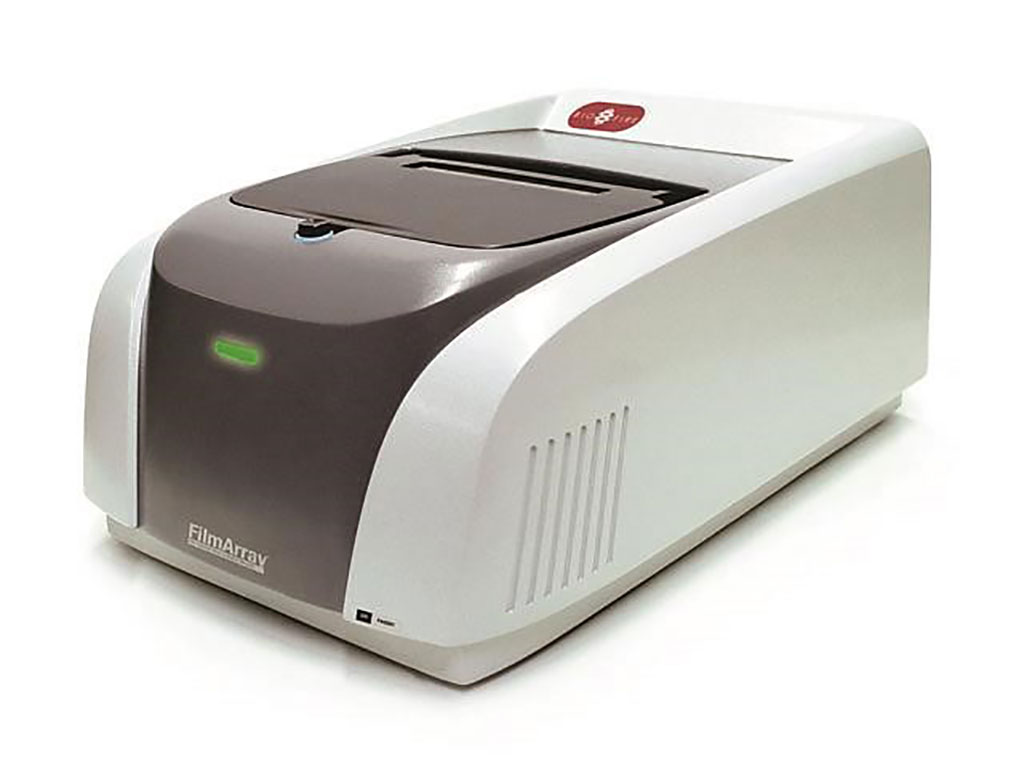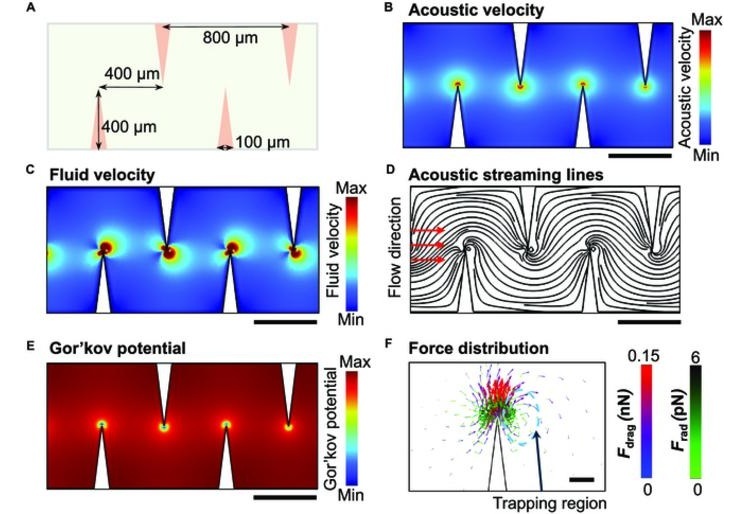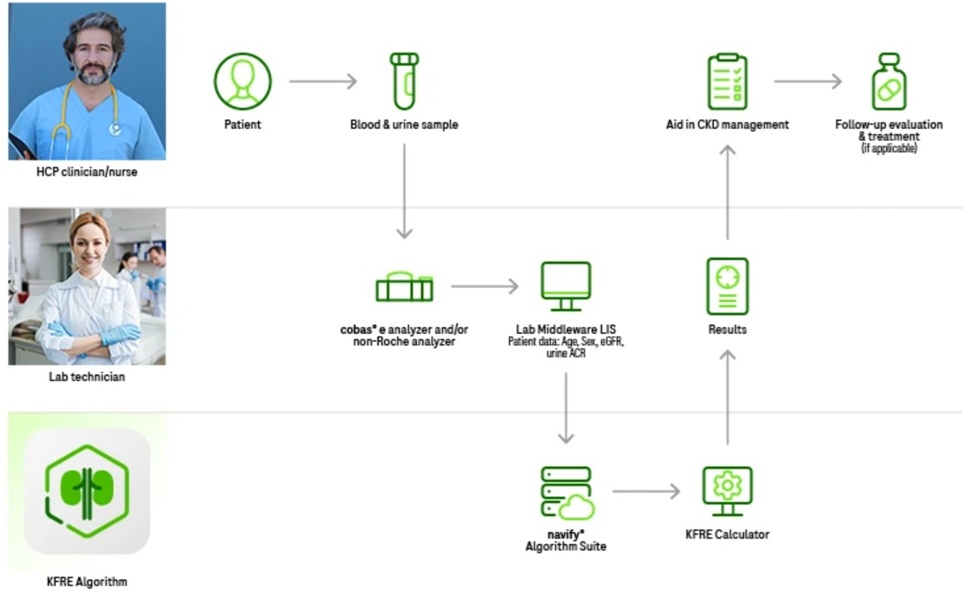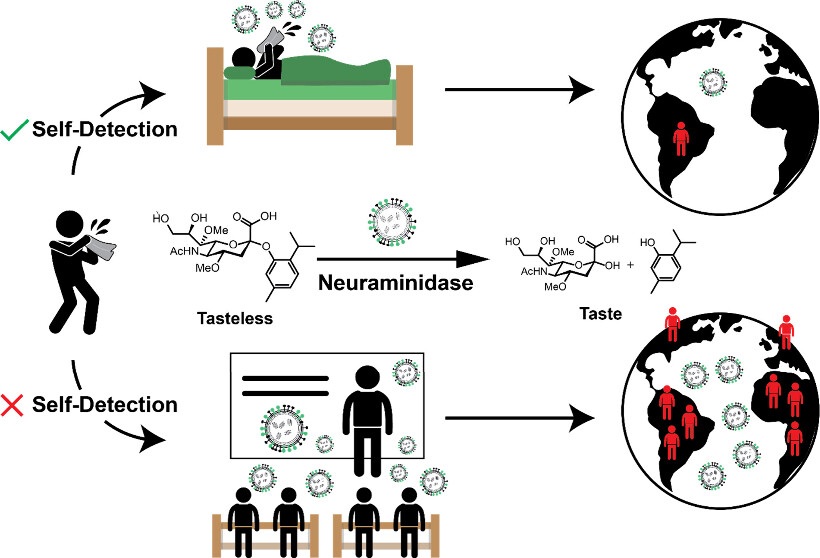Rapid Diagnostic Testing Analyzed in Suspected Meningitis Diagnosis
By LabMedica International staff writers
Posted on 07 Dec 2021
Bacterial meningitis is a potentially fatal infection of the central nervous system (CNS) that is associated with significant complications including neurologic deficits and epilepsy in the majority of survivors.Posted on 07 Dec 2021
Rapid diagnosis and treatment are critical to reducing morbidity and mortality; however, evaluation of suspected meningitis is complex and challenging due to its nonspecific presentation, the limited diagnostic utility of the clinical exam, and the requirement of cerebrospinal fluid (CSF) testing for diagnosis, which traditionally has long turnaround times for culture results and can be affected by antibiotic therapy initiated before performing lumbar puncture.

Image: The FilmArray System Syndromic infectious disease testing impacts duration of empiric antibiotic therapy in suspected bacterial meningitis (Photo courtesy of BioFire Diagnostics)
Medical Doctors at Weill Cornell Medicine (New York, NY, USA) performed a retrospective pre-post intervention study that included adults ≥18 years of age who presented to the emergency department with suspected bacterial meningitis defined by the following criteria: (1) received empiric antibiotic therapy for bacterial meningitis; (2) had lumbar puncture performed in the emergency department; and (3) underwent microbiological testing with CSF culture in the preintervention period and multiplex PCR ME panel testing plus CSF culture in the postintervention period.
The team analyzed the use of the FilmArray meningitis/encephalitis (ME) panel (BioFire Diagnostics, LLC, Salt Lake City, UT, USA), which has been US Food and Drug Administration-approved for use in community-acquired CNS infections, has permitted rapid identification (within 1 hour) of 14 different viral, bacterial, and fungal agents associated with ME in CSF using a multiplex polymerase chain reaction (PCR) system. The scientists gathered data from annual chart reviews over a 3-year period before and after implementation of the ME multiplex PCR panel on February 14, 2017. There were 137 patients in the pre-panel period and 69 patients in the post-panel period.
The investigators reported that the positive detection rate of bacterial pathogens was 3/137 (2.2%) by CSF culture in the pre-multiplex PCR ME panel period and 3/69 (4.3%) by the multiplex PCR ME panel in the post-multiplex PCR ME panel period. There was no difference in the proportion of patients for whom any pathogen was detected by microbiological testing between pre- and post-multiplex PCR ME panel periods (17.5% versus 20.3%). They found that once the panel was implemented, 46% more patients had empiric antibiotic therapy discontinued or de-escalated compared with before the panel was used.
Among 14 patients in the post-multiplex PCR ME panel period for whom a pathogen was identified, three patients had therapy targeted to bacterial pathogens (two S. pneumoniae, one H. influenzae) and 11 to viral pathogens (five enterovirus, three herpes simplex virus 2, three varicella zoster virus). The average turnaround time for the multiplex PCR ME panel was 2.6 hours. In the pre-multiplex PCR ME panel period, the average turnaround time for viral pathogen testing (performed by a viral encephalitis PCR panel on CSF samples) was 71.3 hours.
The authors concluded that implementation of a multiplex PCR ME panel for testing of adult patients who present to the emergency department with suspected bacterial meningitis appears to reduce the duration of empiric antibiotic therapy, time to targeted therapy, and possibly hospital length of stay compared with traditional microbiological testing methods. The study was published in the October, 2021 issue of the journal Open Forum Infectious Diseases.
Related Links:
Weill Cornell Medicine
BioFire Diagnostics













